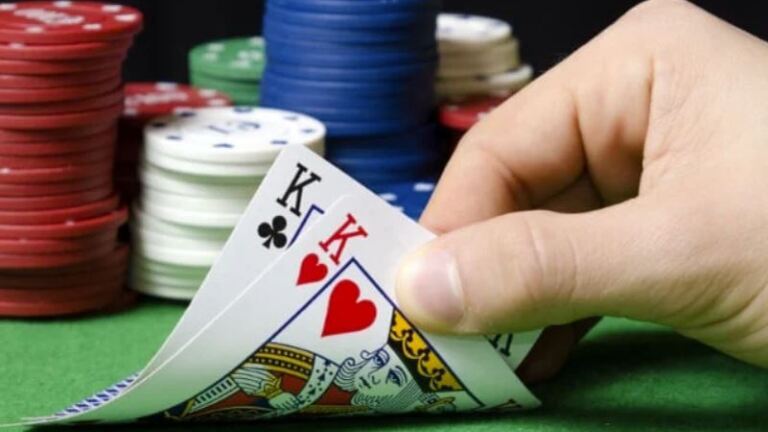This article will cover rake in poker: what it is, how it’s collected, and ultimately how you can pay less of it through rakeback.

Rake
Rake is the fee taken by a cardroom as payment for operating a poker game; think of it as the necessary cost of playing. The amount of rake that a cardroom charges varies based on several factors. One of the most prominent of which is the chosen method of calculation and collection.
Rake: Methods of Calculation and Collection
Pot rake is the most common system and is where a fixed percentage of the pot is taken in each hand, usually with a capped maximum. In a very typical example of an online environment, we can see that GGPoker implements a 5% rake with varying caps based on the stake and number of players.

If we were to play a $20 pot heads up at $0.50/$1 on GGPoker, we would pay $1 in rake (5% of $20 = $1). If we were to play a $200 pot in the same environment, we would pay the $2.50 2 player cap (5% of $200 = $10, which exceeds the $2.50 cap).
Other less common methods of rake collection include the use of a dead drop, where the fee is placed on the dealer button each hand by the player in that position, or timed rake, where a set fee is collected typically every half an hour. These are examples of rake collection methods used in cash games. For tournaments, the rake is typically collected as a tournament entry fee.
Note that most cardrooms (GGPoker excluded) will not rake hands that end on the first round of betting e.g., before the flop in Hold’em. This is known as the “no flop, no drop” rule.
Rakeback
Rake directly harms a player's bottom line by taking money off the table. Ideally then, we want to pay as little rake as possible. One way in which we can diminish the cost of paying rake is by getting a good rakeback deal. Rakeback is a reward where the cardroom returns some amount of a player’s rake paid back to them, effectively decreasing the rake that’s levied on them. This acts as a reward for a player's loyalty, and incentive for them to continue playing there.
By signing up with an affiliate, you may be eligible for additional rakeback. While some rooms offer in-house rakeback only, most offer additional rebates to players who sign up through an affiliate. Taking advantage of affiliate deals is thus highly recommended!
Rakeback: Methods of Calculation and Distribution
Rakeback is typically calculated using one of three common methods: weighted contributed, dealt, and Source-based.
- Weighted contributed rakeback: this is the most common method of calculation which rewards players a varied amount based on their contribution in rake. To take an example, let’s assume that a cardroom charges 5% in uncapped rake, and rewards players with 50% rakeback. If you were to invest $200 into a raked pot, then you would be contributing $10 in rake (5% of $200), and subsequently receive $5 in rakeback (50% of $10).
- Dealt rakeback: this method of calculation rewards players a flat amount based on their attendance. Assuming the same rake and rakeback structure as outlined above, the $5 in generated rakeback is subsequently redistributed evenly between all present players. If you’re playing 5 handed, this equates to $1 for each of the players, regardless of their involvement in the pot.
- Source-based rake/back: this is a relatively new method of calculation first introduced by the iPoker network in 2015, which rewards players based on several behavioural factors. Ultimately, this system evaluates the worth of each player and rewards them accordingly. The most valuable players are those who deposit often; the least valuable players are those who withdraw often. Therefore, under this system, losing players (net depositors) tend to receive more in rakeback than winning players (net withdrawers).
Hopefully, this article has helped you to better understand rake, and how you can seek to remedy its ramifications through rake rebates. After all, understanding rake and considering how we can pay less of it is imperative to maximizing your winnings as a poker player!















0 comments